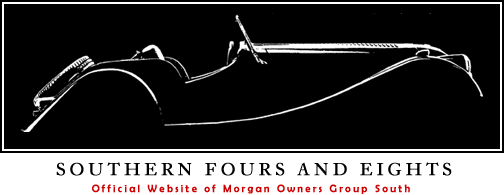Month: December 2016
-
Classic car gift makes charity £25,000 (http://www.yorkpress.co.uk/)
[A special holiday. Someone got a car they very much wanted and a worthwhile charity welcomed the proceeds. Well done. Mark.] A CHRISTMAS gift with a difference has funded a generous donation to York Against Cancer. A businessman, who has asked not to be named, has sold his classic Morgan V8 sports car to donate…
-
How to Wire Driving / Fog Lights (www.mossmotors.com)
Driving lights and fog lights came about as car owners navigated the twisting turning by-ways of misty England. Powerful lighting was necessary to illuminate the road ahead for potential hazards to be successfully identified and avoided. In addition, foggy and wet conditions caused by road spray obliterated the edges of poorly crowned roads. There is…
-
Local distributor resolves ADR hurdles impeding sales of iconic British sports cars (http://www.motoring.com.au/)
In the On Again, Off Again Battle – Morgans Are Legal Again – In Australia!! [According to the Australian motoring press Morgans are again in compliance with the ADR and the favorable exchange rate with the UK make them just a bit more affordable. Mark ] It has not been possible to take delivery of…
-
2016 MOGSouth Holiday Party, Dec 3, 2016, Black Mountain NC
The 2016 MOGSouth Holiday Party was great fun! The weather on Friday and Saturday was typical North Carolinian Mountain weather, cool and crisp. Andrea and I, and Ian and Barbara Shelmerdine, traveled, albeit by air, up from Orlando for the party. The weather was certainly a change for us, coming from the 80s of Florida.…
